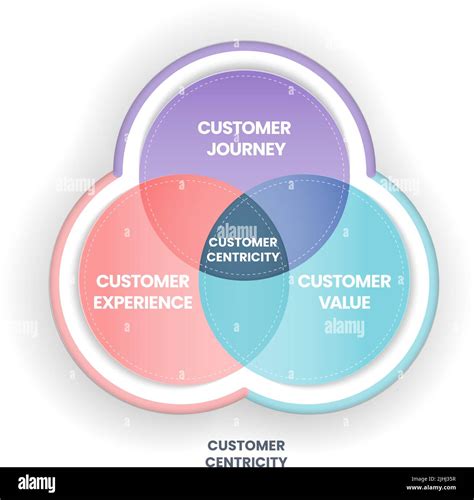As a seasoned professional in the customer service industry, I recently embarked on an intensive Customer Centricity Index (CCI) training program. This comprehensive training has not only enhanced my understanding of customer-centric principles but has also provided me with invaluable tools and techniques to effectively apply them in my daily responsibilities.

Understanding Customer Centricity
The CCI training commenced with a deep dive into the concept of customer centricity. According to the Harvard Business Review, customer-centric businesses achieve a 60% higher profit margin than those that are not customer-centric. This statistic underscores the paramount importance of prioritizing customers in all aspects of business operations.
CCI is a metric that measures a company’s ability to understand and meet the needs of its customers. The training emphasized the critical components of CCI, including:
- Customer Understanding: Identifying the demographics, psychographics, and buying motivations of target customers.
- Service Delivery: Creating seamless and personalized experiences across all channels and touchpoints.
- Employee Engagement: Fostering a culture of customer obsession among all employees.
Customer Engagement Tools
The training also equipped me with practical tools for engaging customers effectively. These tools included:
- Customer Journey Mapping: Visualizing the customer’s experience at each stage of interaction.
- Empathy Mapping: Understanding the thoughts, feelings, and motivations of customers.
- Active Listening: Paying undivided attention to customers and seeking clarification when needed.
Step-by-Step Approach to Customer Centricity
The training outlined a step-by-step approach to implementing customer-centricity in any organization:
- Define Customer Needs: Conduct thorough research to identify customer pain points and unmet needs.
- Prioritize Customer Segments: Identify and focus on the most valuable customer segments.
- Align Processes: Reengineer business processes to align with customer expectations.
- Empower Employees: Give employees the authority and resources to resolve customer issues promptly.
- Measure and Improve: Track CCI metrics regularly and make data-driven adjustments to improve customer experiences.
Real-Life Applications
The training encouraged me to think creatively about how I could apply customer-centric principles to my current role. I generated a list of ideas using a technique called “scamper”:
- Substitute: Replace current customer service channels with more innovative and user-friendly options.
- Combine: Integrate customer feedback mechanisms into product development processes.
- Adapt: Modify existing employee training programs to emphasize customer empathy.
- Modify: Enhance website functionality to provide personalized recommendations and self-service options.
- Put to another use: Use customer data to develop targeted marketing campaigns.
- Eliminate: Remove unnecessary steps from customer processes to reduce frustration.
- Reverse: Offer customers the option to reverse purchases or exchanges without any hassle.
Success Metrics and Customer Validation
The training also emphasized the importance of tracking and measuring customer centricity. The following metrics are commonly used to assess CCI performance:
| Metric | Definition |
|---|---|
| Customer Satisfaction Score (CSAT) | Measures the overall satisfaction of customers with a product or service. |
| Net Promoter Score (NPS) | Indicates the likelihood of customers recommending a business to others. |
| Customer Effort Score (CES) | Assesses how easy it is for customers to interact with a business. |
| First Contact Resolution (FCR) | Tracks the percentage of customer issues resolved in the first interaction. |
To ensure customer validation, the training encouraged me to ask the following questions:
- Do we understand our customers’ needs?
- Are we meeting our customers’ expectations?
- Are our customers satisfied with their experiences?
- Are our customers willing to recommend us to others?
By continuously seeking customer feedback and making adjustments based on their input, organizations can improve their CCI and build lasting customer relationships.
Conclusion
My CCI training has been an invaluable investment in my professional development. I am now equipped with the knowledge, tools, and mindset to drive customer-centricity within my organization. By prioritizing customer needs, engaging them effectively, and measuring our performance, I am confident that we can create exceptional customer experiences and achieve long-term business success.
